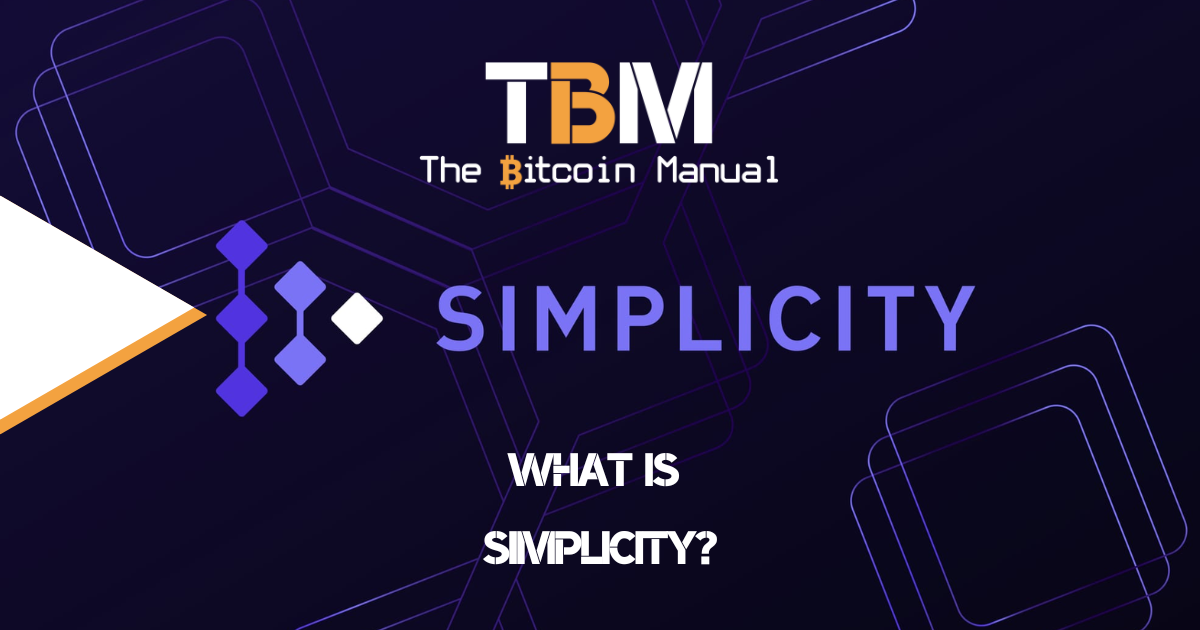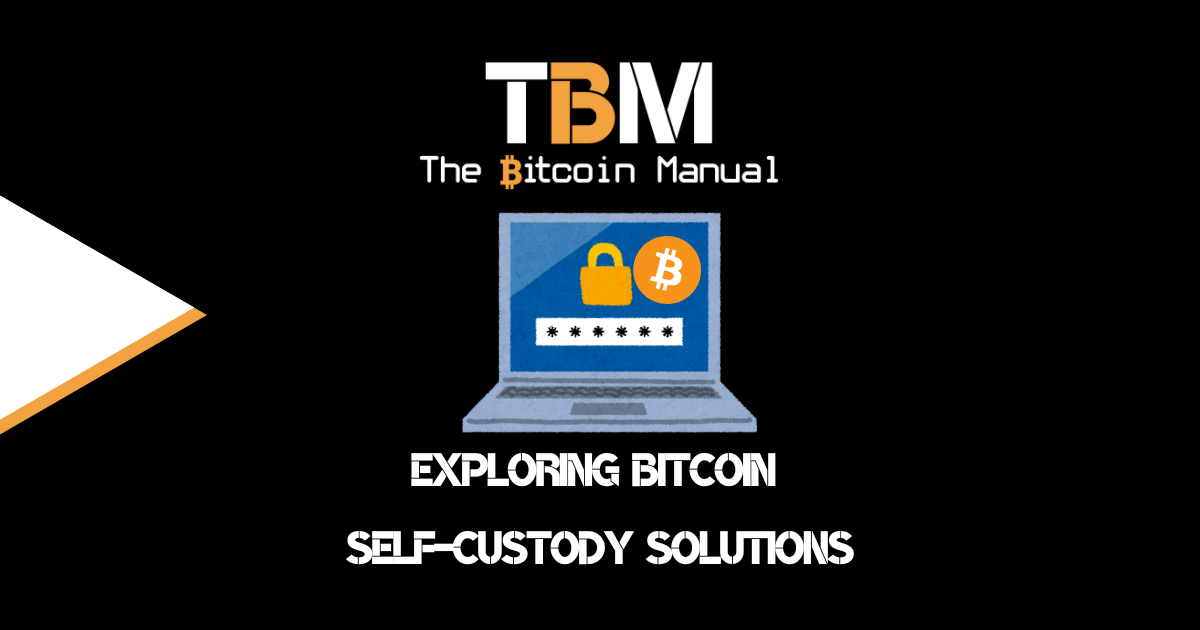Spam is unnecessary, unwanted, or repetitive content that clogs email inboxes, directs message chats and clutters social media feeds.
The term “spam” has been used to refer to junk messages since the earliest days of the internet and is a practice that has remained around even as the internet matures; while we may have spam blockers and filtering systems today, spam continues to plague internet users.
Spam might seem harmless, an unwanted annoyance of being an internet user, but it’s clearly still effective enough to remain profitable for those who make use of this tactic. As long as a small percentage of people continue to fall victim to spam messaging, the incentive remains.
Each year trillions of messages are blasted out across Email, SMS and social media with the intent to solicit users into scams. A large portion of these messages might be blocked by your email provider, cellphone carrier or social media app. Still, enough to make it through that, if crafted correctly, could fool users into making transactions with scammers.
The proliferation of digital-only money has only emboldened spam creators as they can solicit payoffs faster than ever before, meaning we need to be even more cautious with the users we engage with online and the methods of communication.
Spam on open protocols
By far, the most common interaction with spam will be via your email account; it doesn’t matter if it’s a personal account, business account, self-hosted account or a third-party mail account. If your address is used online and leaked by a service provider, you can be sure you’ll get spam. Since email addresses are the primary method by which we provide identification online when logging into websites, it creates multiple honeypots that could turn into data leaks.
It only takes one service provider with poor database management and security to have your Email added to spam lists, and once that Email is leaked, it will be shared with spammers worldwide.
Electronic mail or Email is one of the easiest and most convenient channels to transfer information and share data with others. Email is an open protocol that anyone can use to send text and file attachments. Spammers use this to great effect crafting clever emails embedded with phishing links or dangerous file attachments.
Some email service providers filter and third-party services can filter out messaging and mark such dubious emails, but this is a reactive method of security which constantly needs to be updated as spammers find ways around it.
One method of being proactive would be to use a paywall to reach you via Email, but this requires you to keep a managed list of people you want to communicate with, and the onus is on you to maintain these lists.
Spam on legacy social media
Social media users are no strangers to spam. Even though these services are centrally controlled, everyday spammers are on the prowl. Spammers spend their time creating new accounts, securing compromised accounts or leveraging bots to create fake profiles they can use to reach out to social media users.
Due to social media’s interactive nature, spammers are offered far more tools when conducting their spam operations, and we see it manifest in activities such as:
- Bulk messaging
- Malicious links spamming
- Fraudulent reviews
- Sharing undesired or excessive content
- Click baiting and likejacking
- Fake accounts
- Imposter accounts
As is the case with email clients and third-party filtering, social media platforms are reactive and rely on their current understanding and categorisation of spam, as well as reports from their user base. These spam filters and blacklists need to be updated and managed to keep old spam accounts and techniques from working and only allow new accounts to continue their spam onslaughts.
Spam on Nostr
The open nature of Nostr and the social element to the service in which relays pass data on and serve it via connected clients, makes it great for anonymous communication and can be attractive to those wanting to source a new avenue for spamming. Providing users with a network that anyone can join and no one can be censored and provides open communication is going to be attractive to spammers and scammers.
Given the fact that we’re also seeing the Lightning integrate into Nostr clients, making it easier for Nostr users to make payments, it also serves as an encouragement for scammers to spam the network and secure some of the capital floating around the ecosystem.
As Nostr gains popularity and new users join the service, It will only be a matter of time and scale before we see spam hit the Nostr network of relays. While relay owners have been doing their best to try and clear out obvious spam, there will be techniques that are harder to spot and would require a lot more nuance to detect.
This is where a reputation score and management service could provide a higher barrier to spamming and become a deterrent for certain forms of spam. This is not to say a reputation score cannot be gamified, and spam would be eliminated once and for all.
A reputation metric only provides an additional layer of security, helps users discern fact from fiction, and adds an additional cost for spammers.
User reputation management
A reputation score is a numerical value based on how your account is perceived online. By adding a reputation score, you not only provide an incentive for users to perform certain actions to increase their overall online reputation but add a disincentive to other behaviours as they may negatively impact your score.
Search engines such as Google and Bing generate their own website reputation scores based on thousands of factors to create a ranking potential for a site. The search engines then use this as a method of ranking reliable sources for different search terms.
Nostr relays and clients could work with a similar approach using the data created across the network to form a picture of a specific user’s interaction on the platform and provide a rating for that user.
Quantitative data
A few metrics that could feed into building a reputation score include:
Engagement data
- How many times has a user been muted?
- How many times has a user been blocked?
- Follower count
- Unfollow count
- Age of account
Engagement data
- Likes/Upvotes on content
- Tips on content
- Unique tippers
- Amount of comments/engagement/Unique comments/Reshares
NIP data
- NIP verification
- Nip verification date
- NIP domain score
- NIP verification domain switching
- Number of NIP domains verifying this public key
Relay data
- Relays that have whitelisted a user
- Relay that has blacklisted a user
- Type of relays that host this user
Qualitative data
Reputation scores can even take on an element of user feedback, and users could rate one another; reputation scores could draw on elements like:
- User ratings by fellow users
- Amount of reviews
- Ratings of users who follow this account (circle of trust)
While this could introduce an element of gamification with engagement pods forming around certain accounts to rate each other highly, this portion of data would need to be treated differently and weighted differently when calculating a reputation score.
Qualitative data could be reviewed for certain patterns. If, for example, a lot of reciprocal reviews are made within a certain group of accounts, it could actually be marked as a negative towards your overall score.
Reputation is nothing without UI/UX.
Building a reputation score is only one part of ensuring that spammers and scammers don’t plague the Nostr network as it grows. Clients that provide the user interfaces would also need to build it into their user experience and design to ensure that users can reap the benefits.
This could range from:
- Having a score on their profile
- Minimising the size of spam users’ posts
- Adding a flag to certain profiles and posts
- Allowing users to filter their feed by a score range
By providing addiction benefits that are visible across clients, the reputation score can act as a measurement for constructive users on the platform and can be refined with time.
A reputation score also provides users with an incentive to keep a certain public and private key pair not only because it has access to certain data like followers, posts and messages but because all that work has a score attached to it, one that is not easily mimicked or reproduced without considerable time and effort put into it.
Do your own research.
If you’d like to try out Nostr or want to learn more about it, we recommend checking out the following resources to kickstart your research.
Are you on Nostr?
If you are a Nostr user and want to hang out and chat with us or follow our content on your preferred Nostr front end, feel free to add us using our PubKey below.
7ecd3fe6353ec4c53672793e81445c2a319ccf0a298a91d77adcfa386b52f30d
The Bitcoin Manual’s Nostr Pubkey




